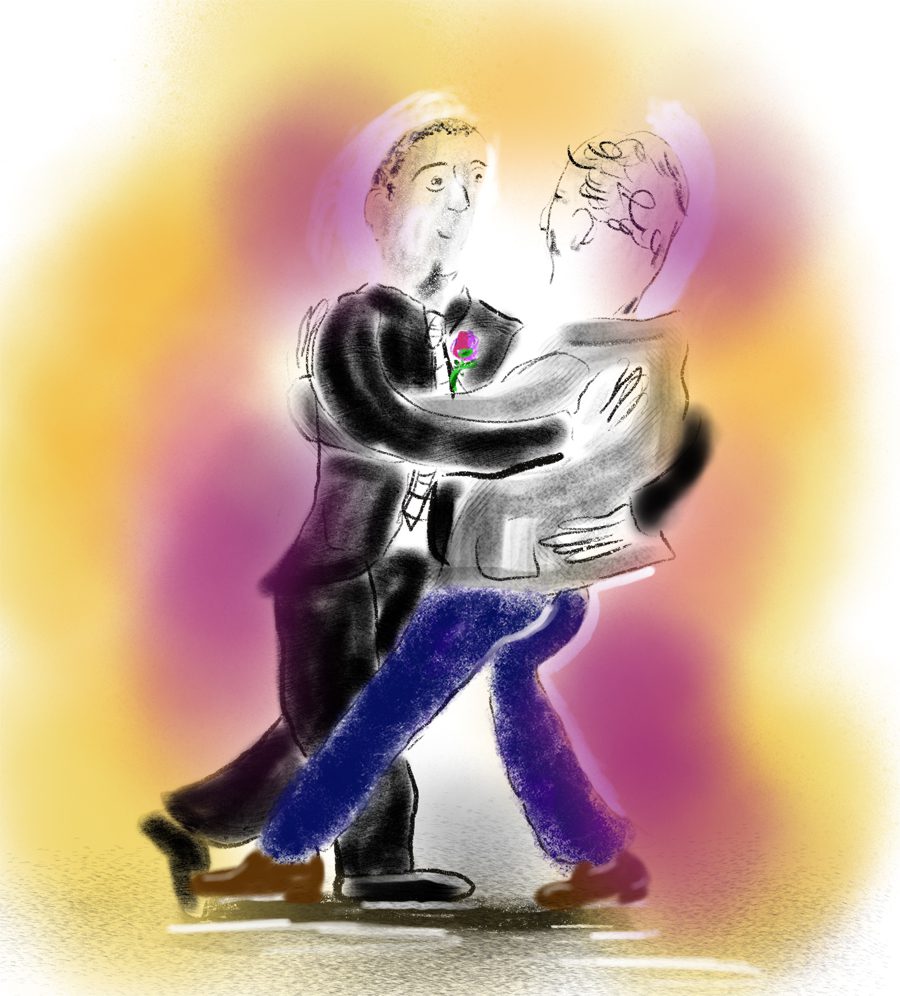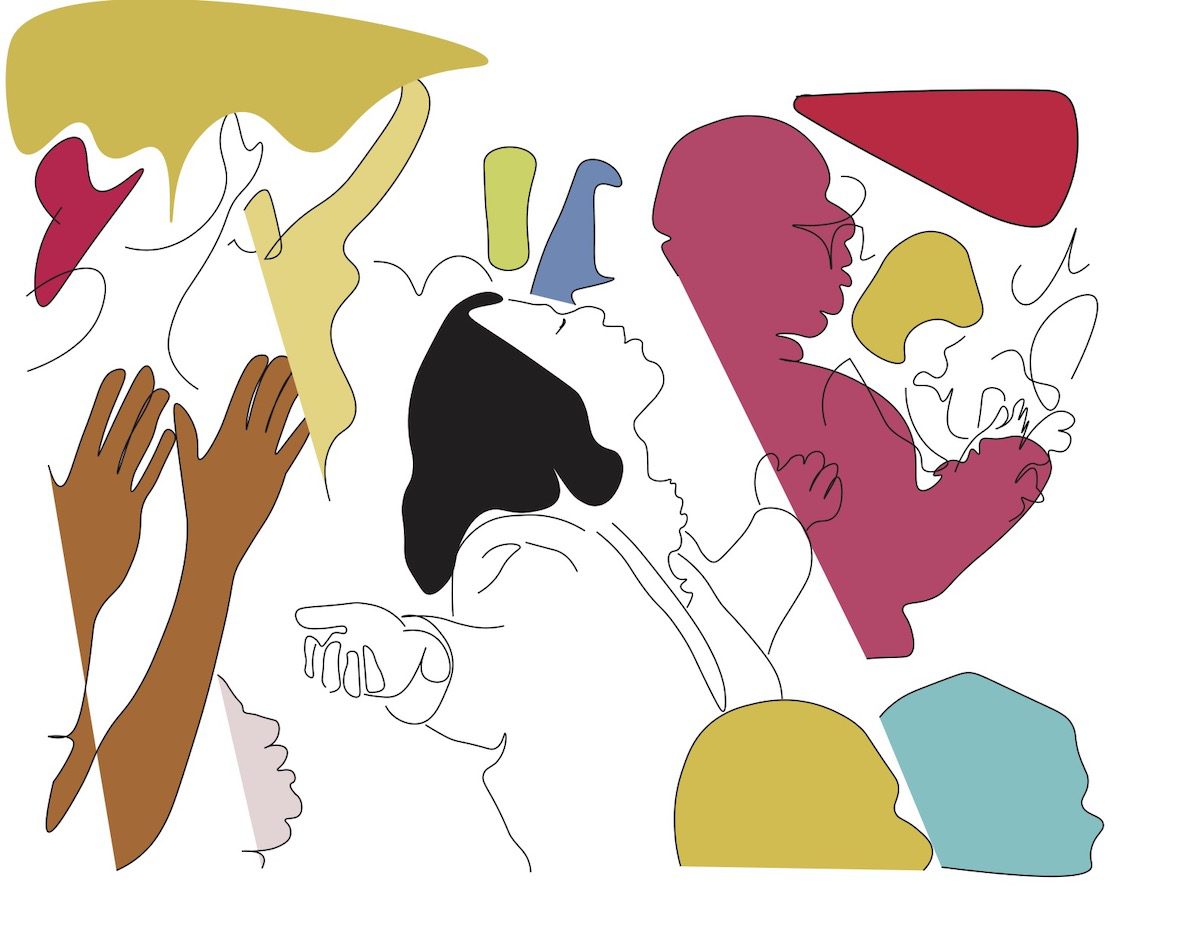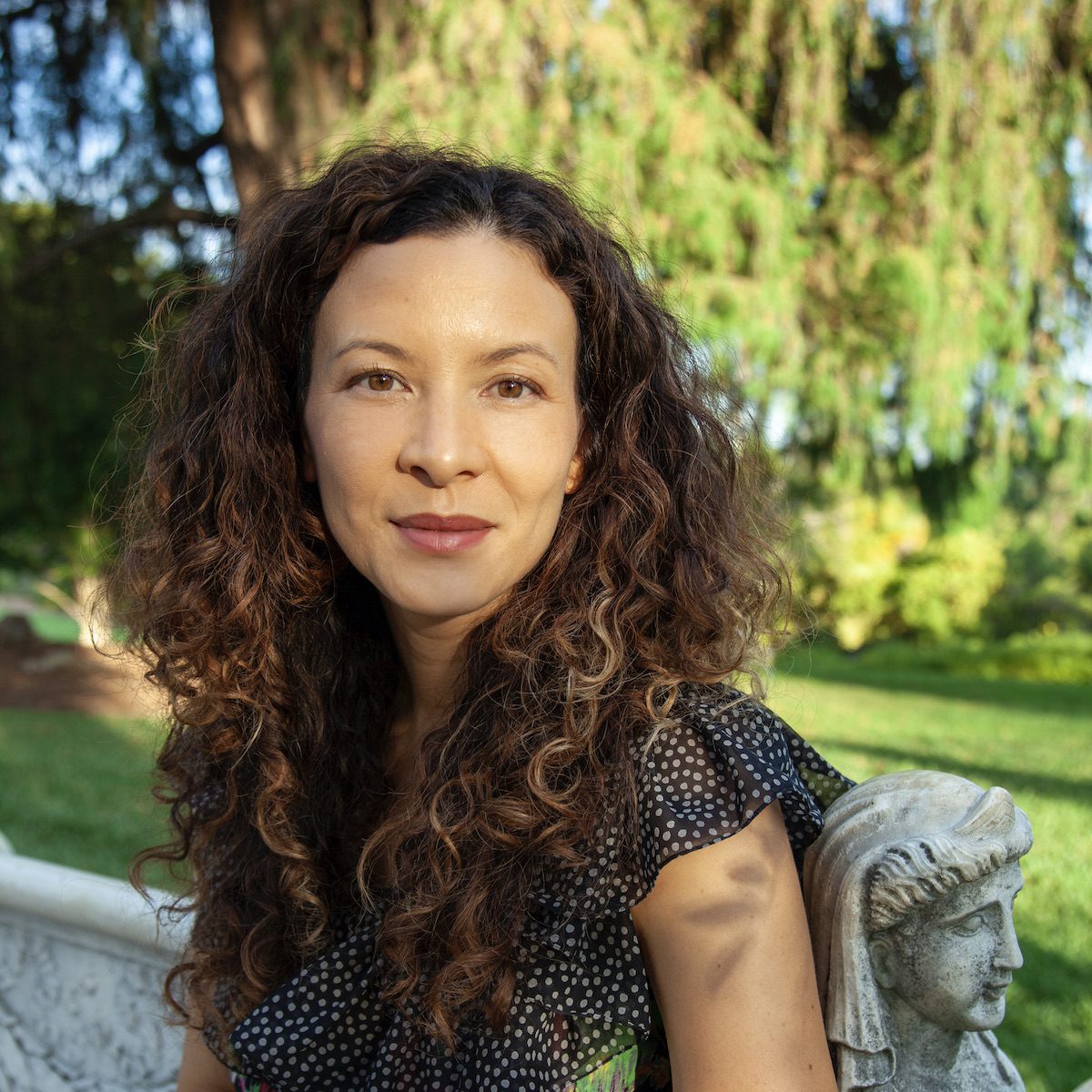Steve Reich
WTC 9/11 (Nonesuch)
“It’s pretty much Different Trains but for 9/11.”
This is my housemate Roberto’s assessment of Steve Reich’s WTC 9/11 after seeing the world premiere at the Pinhook in Durham, NC.
If you’ve at all kept up with Reich, this won’t come as a surprise. Reich’s oeuvre is like a meta-version of one of his pieces: carefully exploring the nuances of a few core musical ideas. His best work is experimental but strikingly unpretentious—it explores new (or at least, reanimates forgotten) ideas about rhythm and repetition and also probes fertile cross-cultural connections—c.f. another big name in 20th century “serious” music, Stockhausen, who pompously spurned the “bodily rhythms” and non-European influences that Reich’s work is infused with (quoted in David Toop’s Ocean of Sound). Take “Come Out,” composed in the ’60s in response to struggles in the Civil Rights movement, and which still sounds remarkably prescient: the burgeoning Chicago juke and footwork scene, though not directly influenced by Reich, still ends up sounding quite a bit like he did 40 years ago, using looped sounds of human speech to express a similar social consciousness.
So if he hasn’t branched out, Reich has at least perfected his craft. Repetition, drones, manipulation of everyday sounds and conversation, unconventional instrumentation—he’s figured out how to work all these elements into a cohesive style that, while imitable, isn’t beatable.
And it really is remarkable to see how many of his concepts, developed in the context of the rarefied classical music academy, have influenced or at least presaged the language of contemporary pop music. One of the most effective and fruitful is perhaps Reich’s defining technique: working around a basic, droning theme, riding said theme until just before it becomes too repetitive and then introducing a subtle yet arresting change. Every house and techno producer worth salt knows how to deploy this, but it’s worth remembering that Reich was perfecting it years ago.
Yet in this piece, Reich mostly forgoes this sort of tectonic shift in favor of relatively quick sections and transitions. This general anxious quality extends from the structure of the piece to the music itself. Split into three movements—“9/11,” “2010” and “WTC”—the work fittingly ups the dissonance level from Reich’s more meditative pieces (use Music for 18 Musicians as a point of reference). Just 35 seconds into “9/11,” you can hear the violins coalesce around something vaguely reminiscent of Wagner’s notorious Tristan chord. The entire piece is organized around the discordant motif of a disconnected phone line, which frequently reappears and fades. Each time, it insistently and hauntingly beeps and then is subsumed by violins that mirror it. Conceptually clever and musically satisfying, it’s difficult to listen to without being moved.
Each piece has a vague narrative structure and accompanying musical theme. “9/11,” as a sort of audio vérité look at the actual day, is just under four minutes long. If anything, it sounds like the first part of King Crimson’s Larks Tongues in Aspic, which, Robert Fripp’s virtuosity (and pomposity) aside, is firmly ensconced in the rock tradition. The piece builds in intensity, both musically and in terms of the frantic, horrified voices Reich samples. The first voice to speak is presented in raw form at first—it sounds exactly like it must have on that day. But Reich then manipulates it in a chopped ’n’ screwed fashion, turning it into an oddly melodic drone matched by the strings. The voices grow hoarser and more frantic until they are finally and dramatically silenced by a roar of noise. The tension never resolves, although there is a clever sort of anti-closure in the way the strings fade out at the end of the movement to leave only the mechanistic telephone beep in place.
“2010” fittingly incorporates reflections from eight or nine years later, vacillating between anxiety-ridden churning and deep, heartbeat warmth, all driven by groaning cellos and massed, low-in-the-mix human voices, edited to be barely recognizable as such. The work takes on a darkly beautiful quality, as the testimonies move from calmer recollection to firsthand description of the carnage. But the movement never slips into sheer darkness, instead toeing the line between harrowing prettiness and blood-pounding jitters. Finally, most of the strings and samples drop out, leading into the final movement.
Here, Reich samples voices detailing a Jewish rite of burial. An old man sings a Hebrew traditional as the piece winds down in tempo. The cello matching the found sound is a distinctively Reichian move, but far from being hackneyed, it reflects a sublime application of techniques from areas Reich has already explored. Finally, the piece fades away, leaving only the desolate beeping of the phone line and a forceful, even violent violin.
The work is cohesive and holistic but doesn’t necessarily achieve emotional or conceptual closure. Ultimately, the listening experience is nothing if not unsettling. This is a piece that demands attention—while Reich’s nonpolitical work often sounds like a precursor to “ambient music.” WTC 9/11 is at the opposite end of the obtrusion spectrum. While it’s by turns dissonant, gorgeous, ambiguously grinding and droning, it never becomes “easy to listen to,” both because of the musical content and, especially, the vocal samples. The latter are certainly the most curious feature of the work. What to make of the constant digital manipulation of prerecorded voices—stretched, repeated syllables, panicked conversations turned into rhythmic devices?
After all, music is in some sense an embodiment of the constant human striving towards rationality, regularity, mathematical precision. It’s also a striving towards universality and timelessness, an attempt to incorporate the trials and vagaries of living into some sort of larger framework of understanding that helps us all get by. For many people, the best music takes everyday sentiments and magnifies them, gives them meaning—the best music, to halfway quote Willie Nelson, is “three chords and the truth.” It’s interesting, then, that Reich here is clearly unconcerned with resolution or emotional closure, even as he tackles an intensely emotional event with the intent of relating to others. It’s an ambitious goal, but one that he ultimately pulls off in this piece. In referencing an event laden with so much cultural and emotional baggage, Reich navigates a path between sterility and the maudlin, and his tendency towards the former is welcome given how many other 9/11 elegies favor the latter.
As an avant-garde composer, Reich knows a thing or two (or a thousand) about avoiding sentimentality. His work here is more in line with sound collages and musique concrete (areas he occasionally explores or mines), which do the opposite, in a sense, from most music—they make a great big muck out of everyday sounds and ideas, rearrange familiar symbols into a jarring mess. The deliberate manipulation of sound inevitably makes an implicit comment—usually derogatory—about the source material. Manipulation of sound is supposedly a sort of de-fetishizing of everyday life: exposing the underbelly of our clean, rational world.
What’s odd, then, about Reich’s work is that it distorts and reshapes source material that that seems to speak for itself. The politics of looping these sounds is confusing. It’s often unclear what sort of emotion Reich is trying to evoke or what the music is building towards. The clever trick of taking recorded speech and emphasizing the subtle musicality of it is, in fact, pretty entertaining. Violins jump in contorted rhythms to match the speakers’ vocal patterns. This method of composing is so novel, and the resulting music so spastic, that it seems coy—which is weird in this context. Even if used as a testament to the horror of the event, isn’t this sort of manipulation a desecration?
On the other hand, WTC 9/11 is remarkably tasteful. Though it is packaged with an unrelated work, for a classical composition it is extremely short—just 15 minutes long—but packs in frantic reenactment, laconic reflection and a tentative looking-forward. Reich clearly has no qualms about long-form music, so this feels like a deliberate choice rather wanting for material. By keeping things short, he avoids insincere grandiosity. If his work is politically a little muddle-headed, it still studiously avoids chest-beating war calls and boot-up-your-ass militarism. Rather than sustain long passages of terrified voices for shock value or to stoke the flames of Islamophobia, he deploys these confrontational passages only as necessary—to remind the listener of the gravity of the event, before exploring other aspects of it. Considering that people still use the tragedy of the Holocaust for cheap thrills and an opportunity to show PC gore on the big screen (Inglorious Basterds), Reich seems remarkably mature in response to such a recent event. His piece is mournful but not afraid to be vulnerable and forward-looking in the face of tragedy.
In one sense, this brevity and relative agnosticism does justice to the event. Rather than turn the events into a tried-and-true conflict/resolution—placing it on the same level as any other piece of music, trivializing it into mere source material for a story—Reich admits that he didn’t know what to make of the WTC attacks or how they bear on America. Indeed, at one point in the piece, a taped voice states: “The world to come? I don’t really know what that means.”
But by not throwing up a coherent narrative, Reich risks falling into the line of thinking that too often has characterized post-9/11 thought. Commentators at times referred to the event as a senseless tragedy or the product of people who were totally unfathomable. Attempts to discern the motivations of terrorists—hell, even for the purpose of better combating them as Sun Tzu, not exactly a peacenik, recommended—were conflated, by supposedly liberal journalists, with endorsing said motives. What was distinctive about the post-9/11 era was the banning of nuance from public discourse. Mourning the deaths of those killed became difficult to rhetorically resolve with a critique or even a mention of American foreign policy. If you didn’t want to face moral outrage, the proper response to the events was to throw up your hands and shake your head, to murmur that no one could have predicted this, a genre of reaction that Reich’s piece sometimes feels rather similar to. This sort of chilling effect suppressed eminently reasonable dissent from pro-war policy, and the “responsible war hawk” meme on the centrist right and centrist left continues to provide cover for the killing of human beings, as only Ron Paul-ites and Monthly Review readers (i.e. people far to the right or left of mainstream American discourse) seem uneasy in the wake of yet another military campaign. It’s not that Reich’s piece is itself “wrong” or cowardly or anything; but in the context of a thousand other speeches and pieces of music that sped right past mourning on the path to nationalist bravado, neutrality seems a bit like complicity.
But hang on a minute. Perhaps I’m demanding too much from Reich’s piece. To express a complex opinion on U.S. foreign and domestic policy and its relation to the 9/11 attacks in a piece of music would be difficult, especially given Reich’s style of music—even if only for purely practical reasons. As the socialist composer and pragmatist Kurt Weill once complained to his idealistic collaborator Bertolt Brecht, in response to the latter’s insistence on writing didactic socialist-realist librettos, “I am unable to put The Communist Manifesto to music.” The 20th and 21st century Western ear is trained to associate certain melodies and harmonies with basic emotions, not nuanced political thought, and Reich’s music generally uses an even narrower span of melodies and harmonies than most pop music. The duty of experimental art to, in one way or another, challenge us emotionally and intellectually, has to be balanced with practical limitations —what can be said in 15 minutes, before people tune out. Given that many of our national voices barely made a pretense at sadness, or empathy with those in mourning, Reich’s work is a musically and thematically refreshing take.
That’s really the point, after all: If real life is never simple, one thing art can do is to make it approachable in some way. Didacticism has its place, but Reich’s approach to making enjoyable music with an eye towards aesthetic progress gives us a way to process a major event in our collective history. It’s not perfect or groundbreaking, but it’s a worthy addition to an essential, and moreover just plain good body of work. Chalk another one up for Reich.




